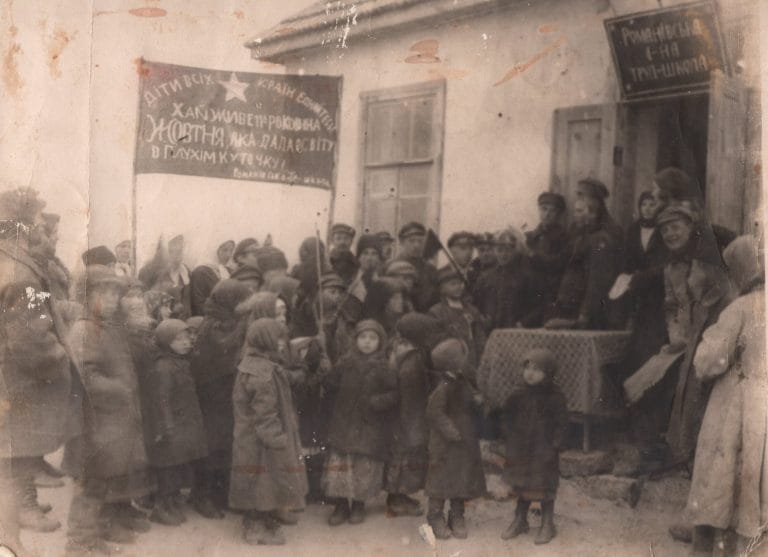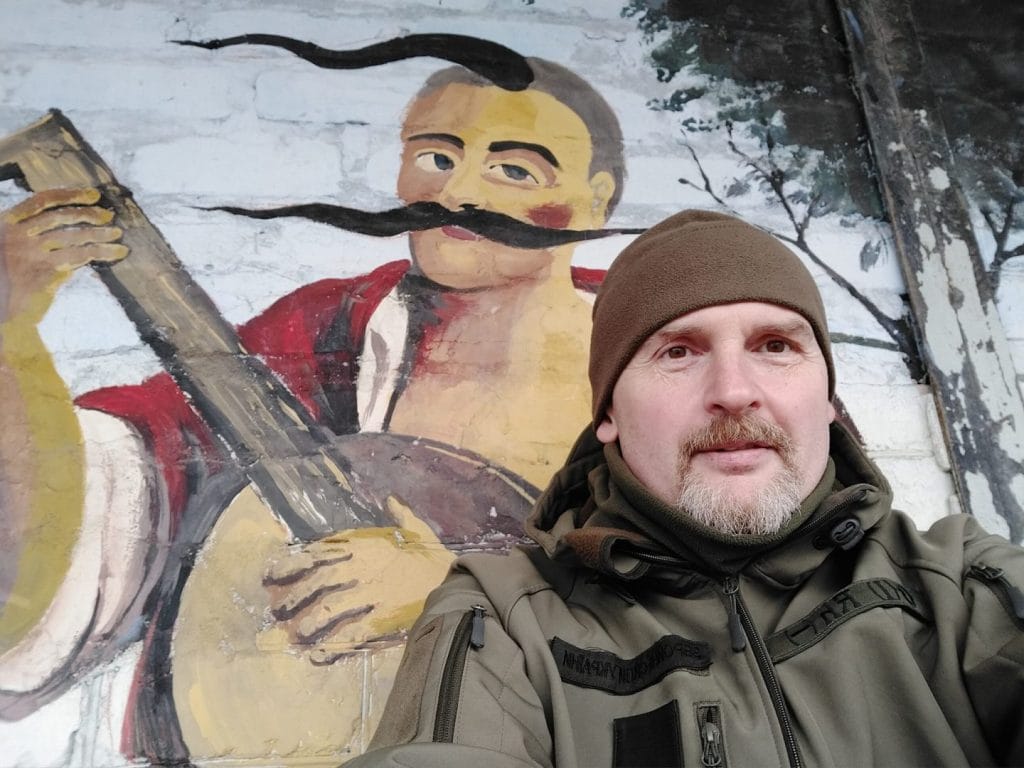Related sources:

Leisure Time of Workers through the Eyes of a Soviet Dissident: Oleksa Tykhyi on Reading Practices
Oleksa Tykhyi (1927–1984) was a rural teacher who worked near the Donbas town of Druzhkivka. In 1956, he was sentenced to seven years in a Mordovian labour camp for criticising the Soviet invasion of Hungary. There, he took part in a rebellion against the prison administration and spent a year in solitary confinement. While in the camp, he met many dissidents, including Levko Lukiyanenko, with whom he became friends. After returning to Ukraine in 1964, Tykhyi was banned from intellectual work and forced to leave teaching, taking up manual labour instead — a common path for Soviet dissidents. Most of his journalistic articles were written during this period: “Reflections on the Ukrainian Language...

Diary of a Respectable Book Enthusiast from Druzhkivka, 1960
“I am a machine doomed to devour books.” —Karl Marx Arkadii Abramov began keeping his diary on 13 March 1960 with a rather ambitious declaration: “Today I began writing a diary-memoir, which I plan to submit to the oblast publishing house” (part of the diary has survived, ending on 4 June 1961, with an additional entry dated 18 May 1962 concerning Nikita Khrushchev’s de-Stalinisation policy.) It is difficult to say today why the author chose to begin with such a peculiar opening. His biography was not especially remarkable. Perhaps the young trade union activist of the militarised security team VOKHR No. 4 in the city of Druzhkivka (then Stalino Oblast of the Ukrainian...

“Bringing Education to a Remote Corner”: A Competition Photograph by Marko Zalizniak, 1929
Marko Zalizniak (1893–1982) was a rural amateur photographer best known for his images from the front lines of World War I and for documenting collectivization in the villages of what is now the Pokrovskyi District of Donetsk Oblast, Ukraine. The opening of a primary school in his home in the Romanivskyi khutir in 1927 can be seen as a prologue to his 1929 competition photograph, which will be discussed below. The following year, the residents of the khutir decided to construct a separate school building at their own expense. The new school opened in 1928, timed to coincide with the 11th anniversary of the October Revolution. Soon afterward, the Soviet authorities took the...

